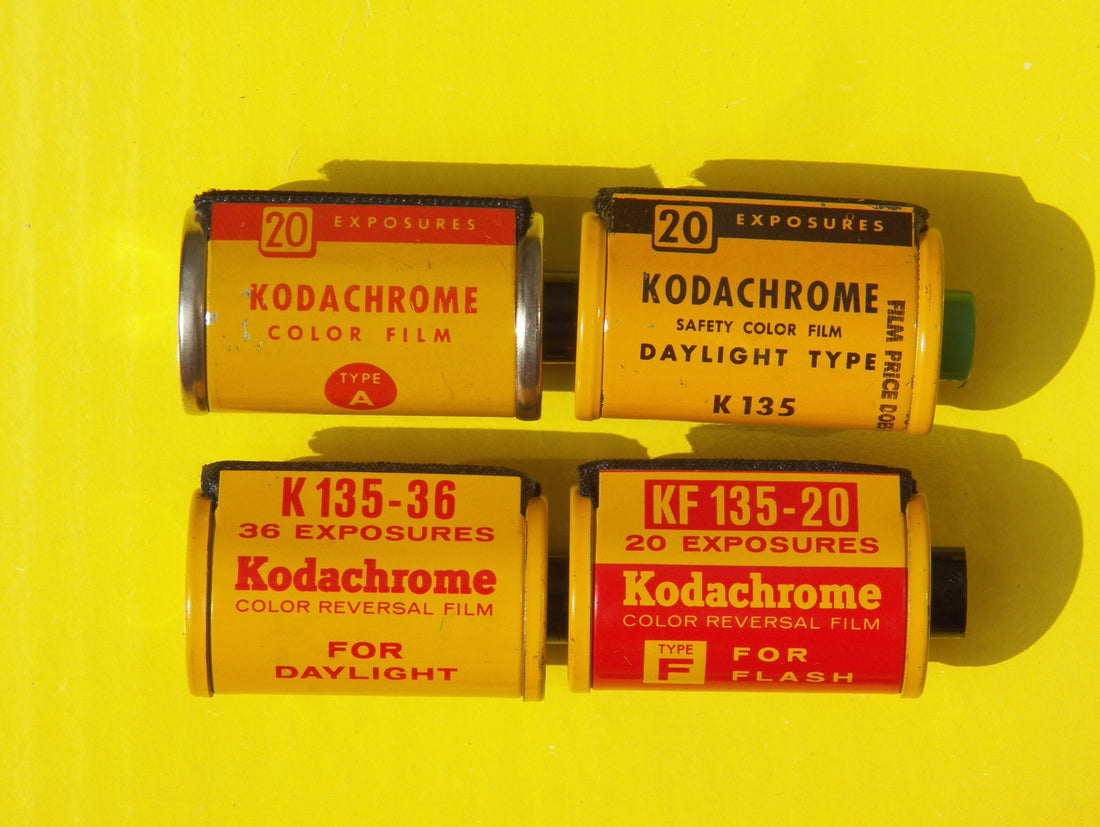The Evolution of Photography: the Camera
Last December, at Universal Studios in Orlando, Florida, I spotted Jacob Batalon, famously known as the actor who played Spiderman’s best friend, among the crowd. Immediately, I grabbed my phone and messaged my inner circle.
“Guess who is in line across from me?” I texted, “It's Ned from Spiderman!”


“Take a picture or it didn’t happen,” my brother-in-law responded.
Of course, from afar, I sneakily opened up my phone camera and captured the moment.
Of course, it was not always so easy to capture and share these exciting phenomena. The history of photography is laden with innovations and iterations—the ubiquitous accessibility promised by today’s mobile phone cameras was made possible through decades of scientific breakthroughs.

Photography, as a concept, dates to the 4th century BC, when Aristotle described the camera obscura. A camera obscura functions by “projecting an image through a small hole”—outputting an upside-down representation of its subject. Despite its imperfections, the camera obscura was considered to be a major building block that helped shape the foundations of photography.
The camera, in its more contemporary manifestation, emerged in 1826, with Joseph Nicéphore Niépce creating The Niépce Heliograph. Niépce used a sheet of pewter coated with bitumen, commonly known as asphalt, as an early iteration of film. With this method, the required exposure time exceeded eight hours. Exposure is defined as “the total amount of light that strikes the film when a picture is taken,” meaning that in order to produce a good quality photo, the exposure time must be precise. Overexposure can lead to “overexposed highlights and faded-looking images.”

Inspired by Niépce's invention, a French painter named Louis Jacques Mandé Daguerre was sufficiently intrigued to seek a partnership with the inventor. Together, they made rapid strides in the advancement of photography. . Using silver-plated copper sheets and mercury vapors, Daguerre was able to reduce the exposure time to just a few seconds. This product went on to be known as the Daguerreotype, famously used for portraiture.
Neither the Niépce Heliograph nor the Daguerreotype employed the use of negatives. In January of 1839, however, William Henry Fox Talbot invented the calotype process. This process “uses a paper negative to make a print with a softer, less sharp image than the daguerreotype, but because a negative is produced, it is possible to make multiple.” In 1851, Frederick Scott Archer introduced the collodion wet plate process. This allowed photographers to produce negatives on a transparent glass plate. In the darkroom, the prepared glass would be coated with collodion “and then made light-sensitive with further chemicals,” and before it dries, it would be placed in the camera and be exposed. However, during the late 1800s, this process would be replaced with gelatin dry plates, where a piece of glass was covered with gelatin emulsion instead. Despite being replaced, the collodion process was still in use through the 1900s for “tintype portraits and in the printing industry.”

Photography continued to evolve over time, with George Eastman inventing the film roll in 1889, enabling photographers to “shoot multiple pictures one after the other.” This invention was debuted by Eastman’s company, Kodak. With the invention of film roll, it was no longer required for images to be processed individually. During the same year, Thomas Edison helped establish the 35mm format by adding perforated edges, which led to the invention of the first Leica camera. The Leica camera was developed by Oskar Barnack, an optician, and was sold to the public in 1925. Prior to Leica, the cameras were “bulky and difficult to carry around.” The Leica camera revolutionized photography. One famous photo taken with the Leica camera was the famous V-J Day Kiss in Times Square by Alfred Eisenstaedt.
After Leica, cameras became accessible and easy to carry around, while still producing black-and-white photos. It wasn’t until 1936 when Kodak released Kodachrome, “a film with multiple layers for developing in color.” With the invention of color films, Polaroid pictures were produced. Polaroids are known to be the first instant camera, debuting in 1948. The popularity of Polaroids has endured, even with photography advancing far beyond the decades-old technology of the Polaroid, a testament to its nostalgic staying power. By 1975, the Eastman Kodak camera, designed by Steven Sasson, was the first digital camera, a huge leap forward in the mobile accessibility of photographs.
Today, cameras are becoming more and more compact, and are of course fully integrated into our ever-present mobile phones. It’s interesting to think about what the future holds, and what inventive ways we will discover to capture life’s precious moments.
©ArtRKL™️ LLC 2021-2023. All rights reserved. This material may not be published, broadcast, rewritten or redistributed. ArtRKL™️ and its underscore design indicate trademarks of ArtRKL™️ LLC and its subsidiaries.





